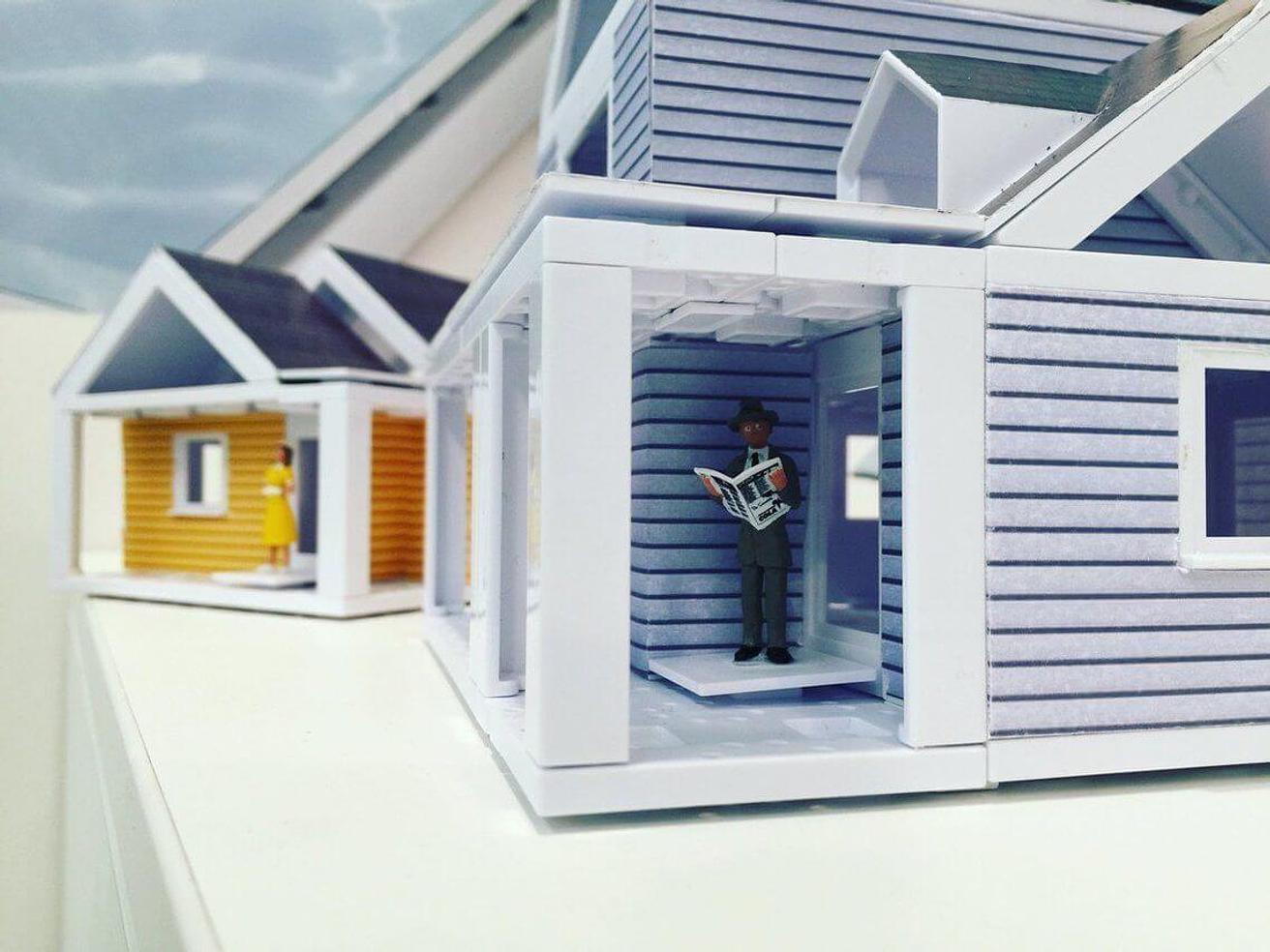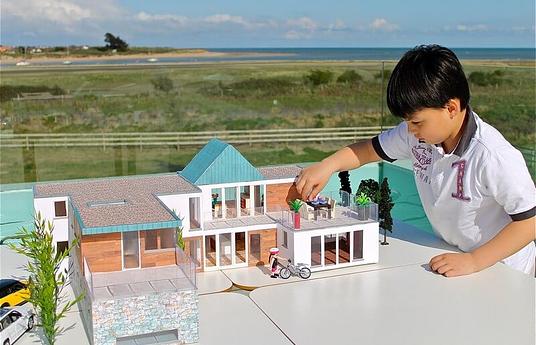Whether we’re aware of it or not, architecture affects how we feel. The stoic buildings and landscapes we travel through in our daily lives can either empower and connect us or make us feel isolated and stressed. It is therefore so important that architects are people who understand the psychology of architecture and are diverse in their backgrounds so that the world isn’t just designed for one type of person, but for all of us.
Currently, architecture across the globe is becoming one-dimensional, with concrete buildings covered in glass becoming the norm. These ‘shiny towers are an invasive species and they are killing our cities and choking our spaces,’ explains architecture critic, Justin Davidson, going on to say when ‘we simplify architecture, we impoverish cities. It’s as if you reduced all of the world’s cuisines down to airline food.’
As it stands, architecture is still an industry dominated by men from privileged backgrounds and this is dangerous because, as is the way with the ‘single story’, we end up having a singularly designed world. As Davidson explains, ‘Buildings like these (glass towers) are built to enrich the lives of the owners and tenants, but not the rest of us who navigate the spaces between the buildings.’
Many children begin their lives playing with Lego and building blocks or cutting and gluing paper together to make their creations, but this either lessens as they get older or these resources may never have been available to them. Schools can play an important role in feeding children’s creative motivation and introducing other children to arts which haven’t been part of their home lives. However, most model making materials are disposable which means they have to be continually bought, something schools on tight budgets just can’t afford. That’s where Arckit comes in.
Arckit was conceived of by Damien Murtagh, a working architect. He came up with the idea for Arckit during his own model-making practice in his job, ‘While I was developing a real modular building concept I began to make scale model components of my ideas. This was the lightbulb moment.’ Murtagh told us.

Murtagh developed reusable scale model components, just like real architects use, for young people to use in education. The pieces interconnect with each other, making it easy for children to piece them together to visualize their concepts and ideas for a design. When they’re done, they can take them apart and someone else can use them in their next class.
‘Arckit's freeform modelling system introduces STEAM learning through real world architectural design as never before possible. Teachers and students now have access to a new hands-on, professional level design tool that enables them to spontaneously explore and instantly visualize their ideas, with precision.’ explains Murtagh.
STEAM education is the focus of many education systems across the world, with booming job opportunities for graduates which help countries stay ahead in a vastly changing economy. Unfortunately though, these industries are notoriously lacking in female and people of colour representation. Innovations like Arckit can help to tackle this inequality, by providing exciting materials at affordable prices and which schools can use again and again with each year group.
Not only does Murtagh’s innovation deal with hands-on learning, but it’s also about getting kids ready for the real-world which is increasingly becoming more and more digital. Architecture, just like every other industry, requires people to be digitally literate, and so Murtagh continually develops Arckit to get kids ready for the real world, explaining, ‘Arckit goes beyond the components in the box, it's an evolutionary system that is also available digitally and soon will have 3D printed components available to open up endless possibilities to integration.’
Whereas most model kits have strict guidelines and instructions, Arckit is all about letting the imaginations of students run wild and allowing them to try things out and find out what works for themselves. Due to the versatility of the models and the ability to take them apart and try again, students learn that failing is a part of the creative process and allows them to learn something for themselves rather than being told it.

The kits introduce students to the fundamentals of architecture design, the importance of our environments and the basic principles of engineering. Students also learn creative and critical thinking skills, digital design and communication skills as they present their ideas to the rest of the class.
Not only does Arckit supply model making materials, but educational materials too. They worked closely with education professionals in the UK and US to develop their educational resources so that their lessons can be modified for children of different ages and experience levels. The response has been so overwhelmingly positive that students can now even build plans for whole cities from scratch with Arckit’s new city design pack.
With mental health issues and feelings of isolation and disconnectedness on the rise, it’s more important than ever for every part of our societies to bring us together and to create a community. Architecture and city design can truly help to instigate this change, but it needs the next generation of architects to be outstandingly creative, adept at design and most importantly diverse in order for all of humanity to be served by their environment. Arckit is a unique and inspiring resource that teachers around the world can use to democratize both STEM education and the arts, to give every child the option of pursuing a career in architecture and design.
Find out more about Arckit in their video below or head to their project page to get Arckit for your school!



